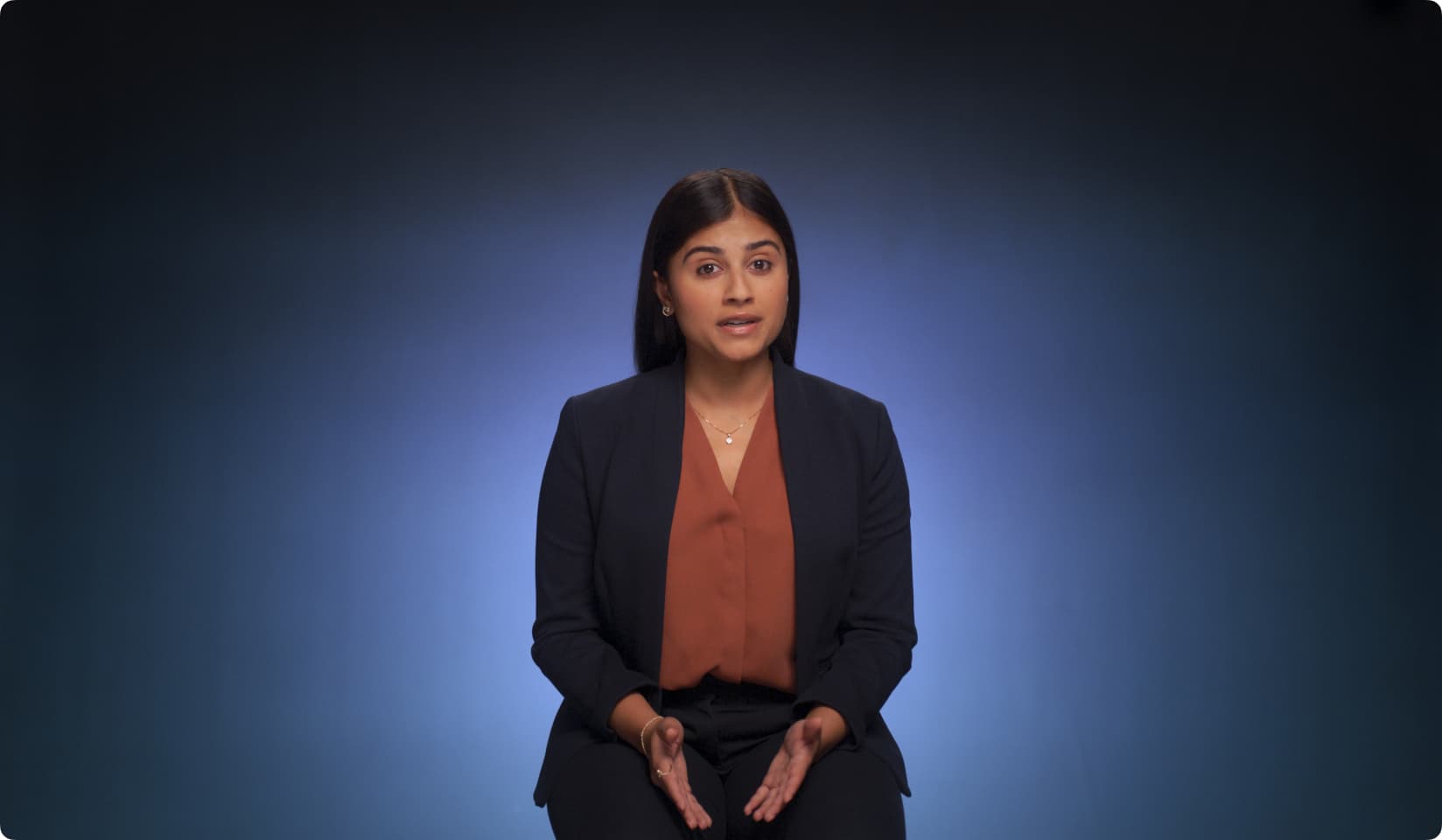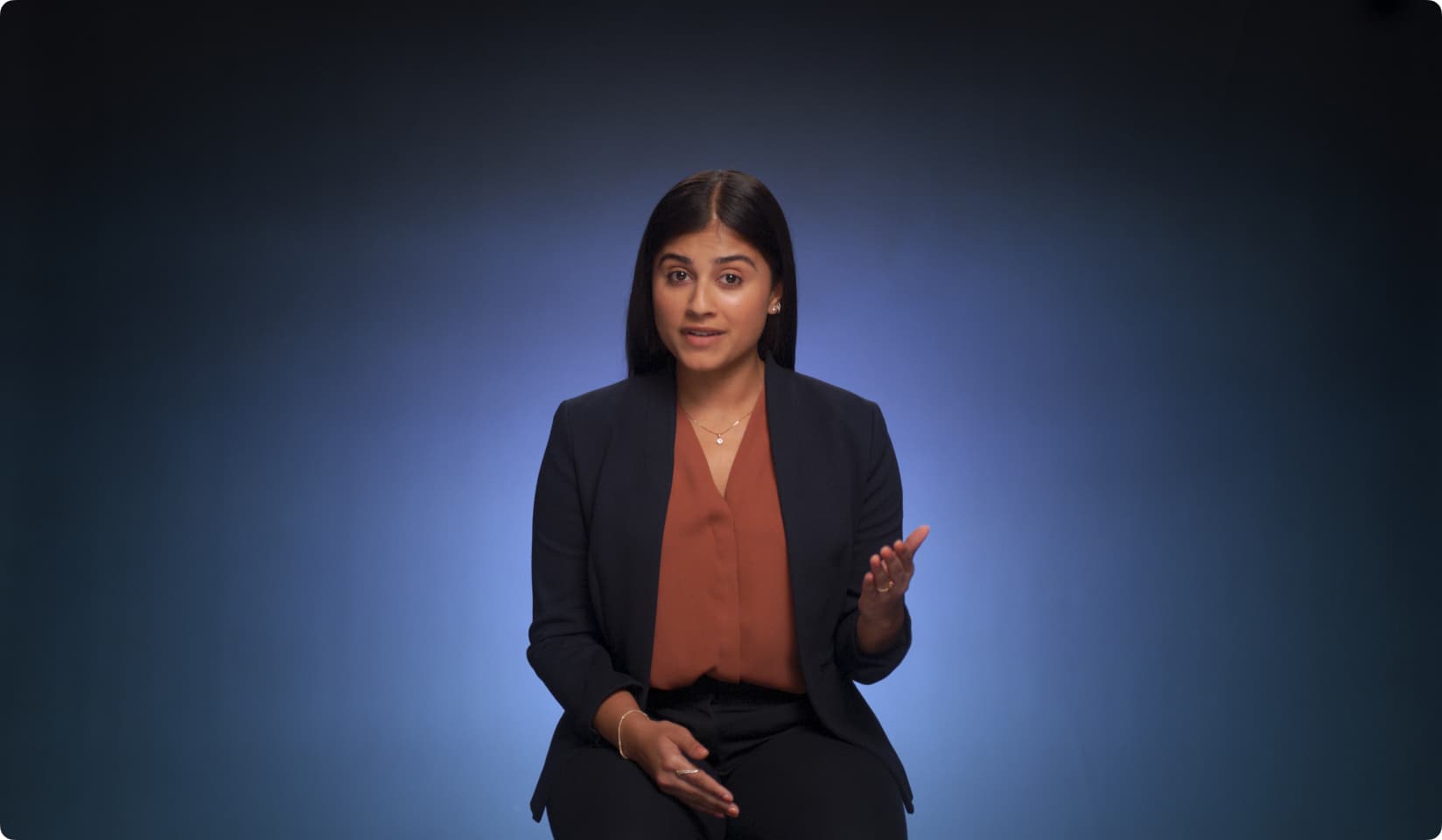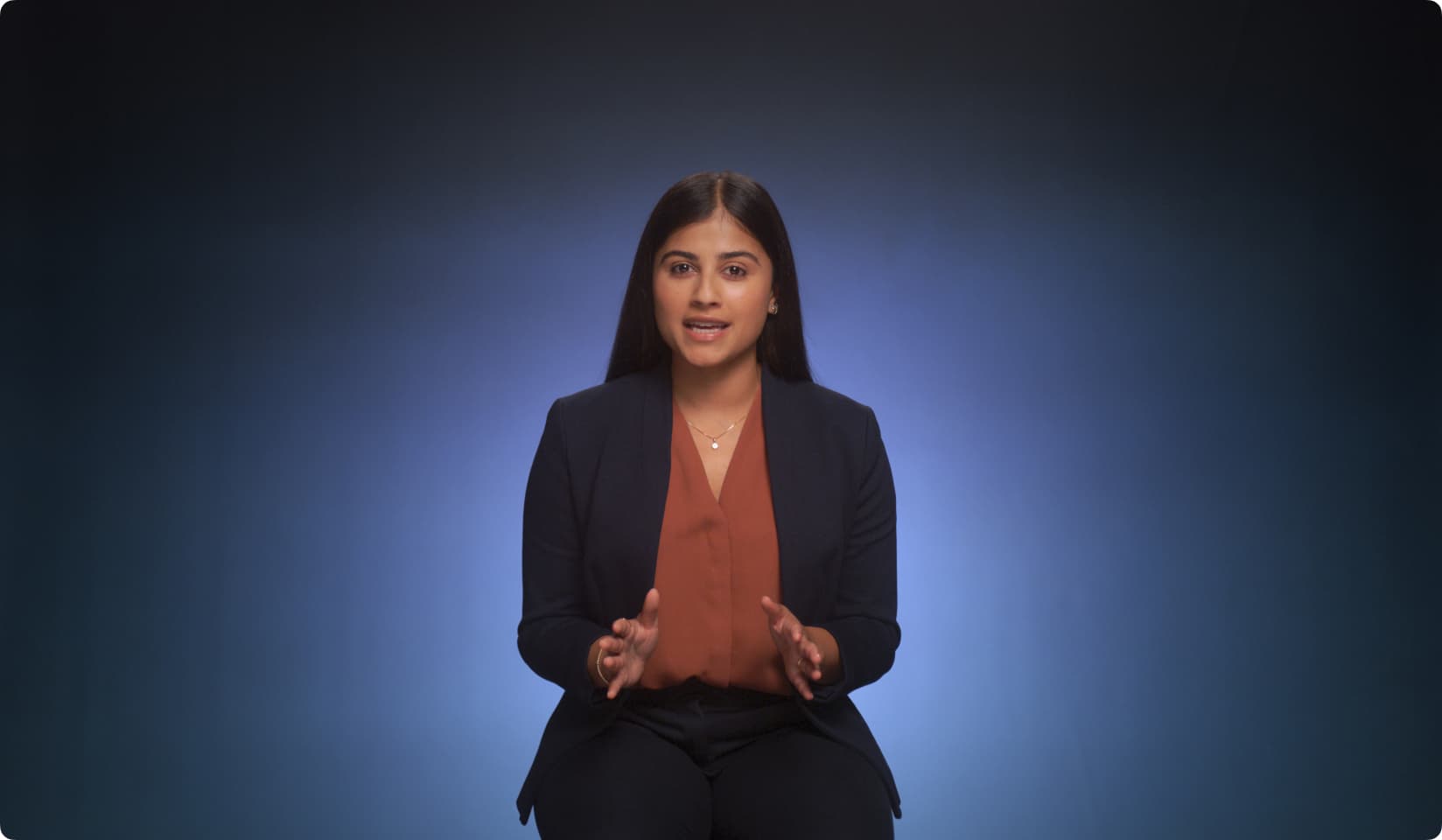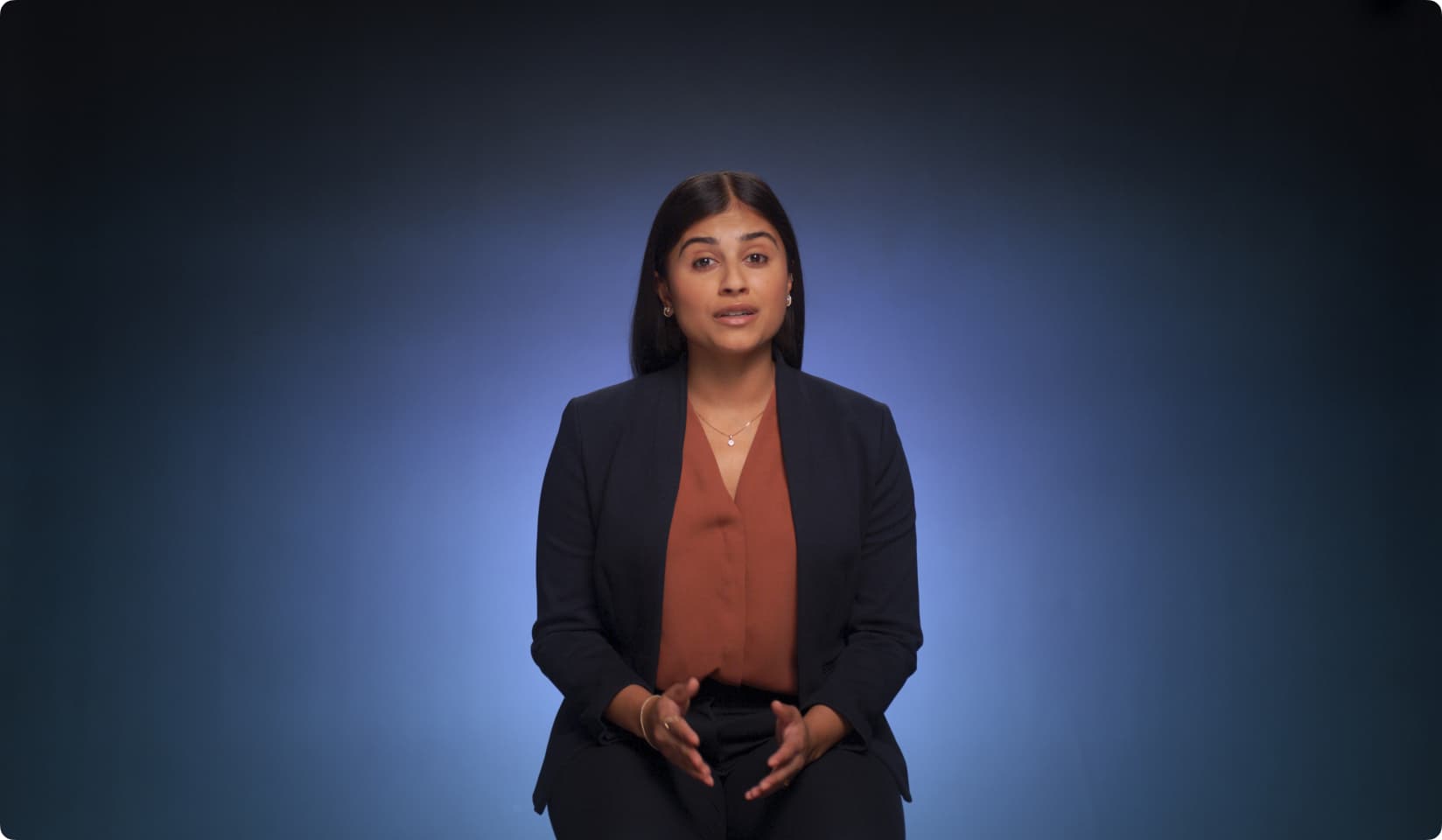Fundamentals
Long Call
A long call gives investors the right to buy shares of a stock at a specific price before the contract’s expiration date. Long calls are typically used when the investor anticipates the stock's price will rise, allowing them to profit from potential price increases.
- Outlook: Bullish
- Use: If you think that the price of a stock will rise within the contracted time frame
- Profit: You’ll profit if the stock price rises above the strike price plus the premium paid for the contract
- Loss: You’ll incur losses equal to the premium you paid if the stock price doesn’t rise to or above the strike price
Basic example
Let’s say you think that FlyFit’s stock price will rise to $70 in the next three months, so you buy a call option with a $55 strike price.
- Strike price: $55Price you think the stock will surpass. Strike price represents the price you’d pay if you were to exercise your call
- Contract price: $2.50Per-share price of the option contract
- Total cost: $250Options have a contract multiplier, or the number of shares presented. Total cost is the contract price x the contract multiplier, or $2.50 x 100 for this option. There may be additional fees charged by your Brokerage.
If exercise your call option, you’d buy 100 shares of FlyFit for a total cost of $5,500.
Maximum profit and loss

- Max loss: $250The maximum loss of a long call is the total premium you paid, or the total cost you paid to purchase the FlyFit call
- Breakeven: $57.50Strike price + contract price
- Max profit: UnlimitedDifference between the breakeven and FlyFit’s current price x the contract multiplier (usually 100)
Since there is no limit to how high a stock price can get, the max profit of a long call is unlimited.
Profit if...
FlyFit’s stock price rises above your breakeven. That means that your long call strategy has made a profit that exceeds what you paid for the call option.

- Total profit: ($70 - $57.50) x 100 = $1,250Difference between current and breakeven price x the number of shares represented (usually 100)
Breaking down the math further, it would cost $7,000 to buy 100 shares in the market. However, you have a call option with a strike price of $55, so you can buy 100 shares for $55 each, or $5,500 total. You stand to make a profit of $1,500. But remember that you initially paid $250 for the call option, so we need to subtract that premium, making your net profit $1,250.
Loss if...
FlyFit’s stock price doesn’t rise above your breakeven. That means that your Long Call strategy has not made enough of a profit to cover what you paid for the call option.

- Total loss: ($57.50 - $56) x 100 = $150Difference between breakeven and current price x the number of shares represented (usually 100), with a max loss equal to the price of the long call strategy
In the scenario above, it would cost $5,600 to buy 100 shares in the market. However, you have a call option with a strike price of $55, so you can buy 100 shares for $55 each, or $5,500 total. You stand to make a profit of $100. But remember that you initially paid $250 for the call option, so we need to subtract that premium, making your net loss $150.
In-the-money and out-of-the-money
Your call is in-the-money (ITM) if the stock price surpasses the strike price, and out-of-money (OTM) if the stock price is less than the strike price. While ITM and OTM does not take into consideration the cost of buying the call, it is critical in understanding if your contract would exercise at expiration.
Options that are in-the-money at the time of expiration, even if only be $0.01, will be automatically exercised, posing a potential risk if you don’t have the necessary buying power. If you do not have the necessary buying power or shares, Public may have to try liquidating the option on your behalf to prevent you from going into a negative debit balance.
Options that are in-the-money at the time of expiration, even if only be $0.01, will be automatically exercised, posing a potential risk if you don’t have the necessary buying power. If you do not have the necessary buying power or shares, Public may have to try liquidating the option on your behalf to prevent you from going into a negative debit balance.
Brokerage services for US-listed securities and options offered through Public Investing, member FINRA & SIPC. Supporting documentation upon request.
The examples used above are fictional, and do not constitute a recommendation or endorsement of any investment.
Options are not suitable for all investors and carry significant risk. Certain complex options strategies carry additional risk. There are additional costs associated with option strategies that call for multiple purchases and sales of options, such as spreads, straddles, among others, as compared with a single option trade.
Prior to buying or selling an option, investors must read the Characteristics and Risks of Standardized Options, also known as the options disclosure document (ODD).
Option strategies that call for multiple purchases and/or sales of options contracts, such as spreads, collars, and straddles, may incur significant transaction costs.
The examples used above are fictional, and do not constitute a recommendation or endorsement of any investment.
Options are not suitable for all investors and carry significant risk. Certain complex options strategies carry additional risk. There are additional costs associated with option strategies that call for multiple purchases and sales of options, such as spreads, straddles, among others, as compared with a single option trade.
Prior to buying or selling an option, investors must read the Characteristics and Risks of Standardized Options, also known as the options disclosure document (ODD).
Option strategies that call for multiple purchases and/or sales of options contracts, such as spreads, collars, and straddles, may incur significant transaction costs.
Options resource center
Options Foundations
Fundamentals
 Chapter 9Long call
Chapter 9Long call Chapter 10Long put
Chapter 10Long put Chapter 11Protective put
Chapter 11Protective put Chapter 12Covered call
Chapter 12Covered call Chapter 13Cash-secured put
Chapter 13Cash-secured putMulti-leg Strategies